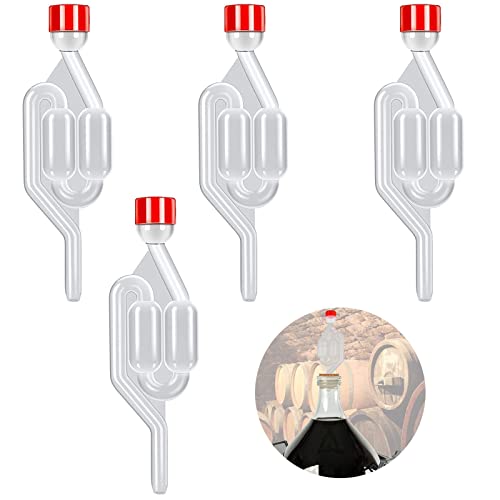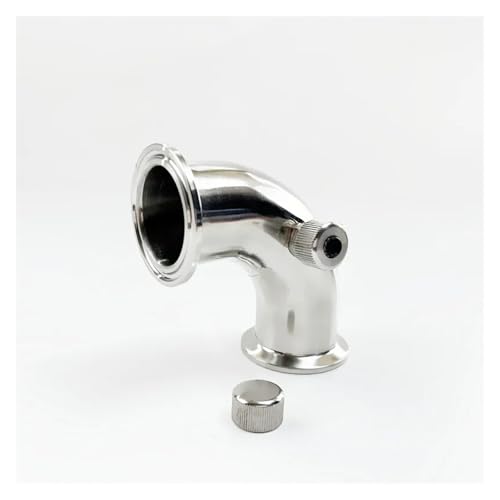I plate my wort using a pretty high power microscope prior to pitching. I also use a similar instrument to count viable yeast cells after they have been sitting on a stir plate. These things are just part of quality control for me. I am of course a homebrewer, but 80% of my beer (about 75bbls a year) is contract brewed and sold before its brewed. Now I understand that we are homebrewers, and this is just a hobby, but I've always looked at it like this: we are making great beer, a lot of times better than commercial breweries, but what makes commercial breweries consistent batch to batch? A big part of the answer is sanitation.
If you listen to the to the brewing network jamil, tasty, and doc will all agree that sanitation is not just a matter of adding a few chemicals. It is keeping the brew house clean, installing a hepa-filter if possible, brewing only on optimal days when there is little to no wind and the neighbor is not mowing the lawn. It's also things like not introducing foreign microbes from outside air into the wort, keg beers and rack beers with sanitized equipment and minimize exposure to any outside air, make yeast starters not just for good attenuation but for sanitary reasons as well. Sanitation is nothing but stacking the deck in your favor so that when the beer does get infected, and it will no matter what you do, the rogue yeast won't have a chance create off flavors or affect fermentation.
This goes along with the difference between a novice and a master. It is written that a master carpenter can complete a job and draw the eye away from minor mistakes or compensate for minor mistakes along the way without affecting the end project. A novice must pay close attention to fixing each mistake because he hasn't yet learned the tricks of the trade to fix minor mistakes early on and keep them from being a disaster later. The same holds true in brewing I think. Yes, we are making beer at home, and it's probably not the most important thing in our lives, but that doesn't mean we should disregard good practices. It has always been my goal to be a master brewer, and through good sanitation maybe one day I'll get there.
---
I am here:
http://maps.google.com/maps?ll=37.497556,-120.853080






























![BREWING THERMOMETER STICKERS ACCURATELY MONITOR FERMENTING BEER & WINE LIQUID TEMPERATURES 5PCS HOME BREW SPIRITS WINE LCD ADHESIVE [US]](https://m.media-amazon.com/images/I/311DDjo2X3L._SL500_.jpg)








